8 House of the Dragon Filming Locations You’ll Want to Visit
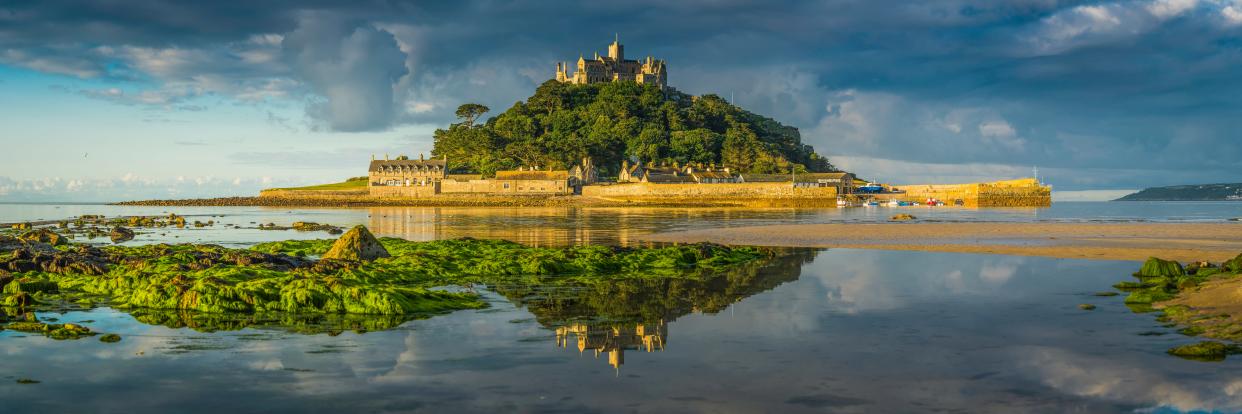
Photo: fotoVoyager / Getty Images
The breathtaking House of the Dragon filming locations present something of a cinematic passport. The Game of Thrones prequel, adapted from George R.R. Martin’s 2018 novel Fire & Blood, may take place in a different world entirely, but for its production the cast and crew travel to real centuries-old cities across Europe. Now in its second season, the show chronicles the family drama, political climate, and war around the House Targaryen of Dragonstone 172 years prior to the birth of Queen Daenerys Targaryen.

So far, crews have hit four different European countries—England and Spain for both seasons, Portugal for the first, and Wales for the second. While the art department might add the Westeros spin to these spots, the show offers glimpses of real-world places that are stuck in time.
So come along with Architectural Digest as we take you on a tour to explore some of the destinations featured in House of the Dragon, which airs Sundays at 9 p.m. ET on HBO and Max.
Castleton, Derbyshire, England
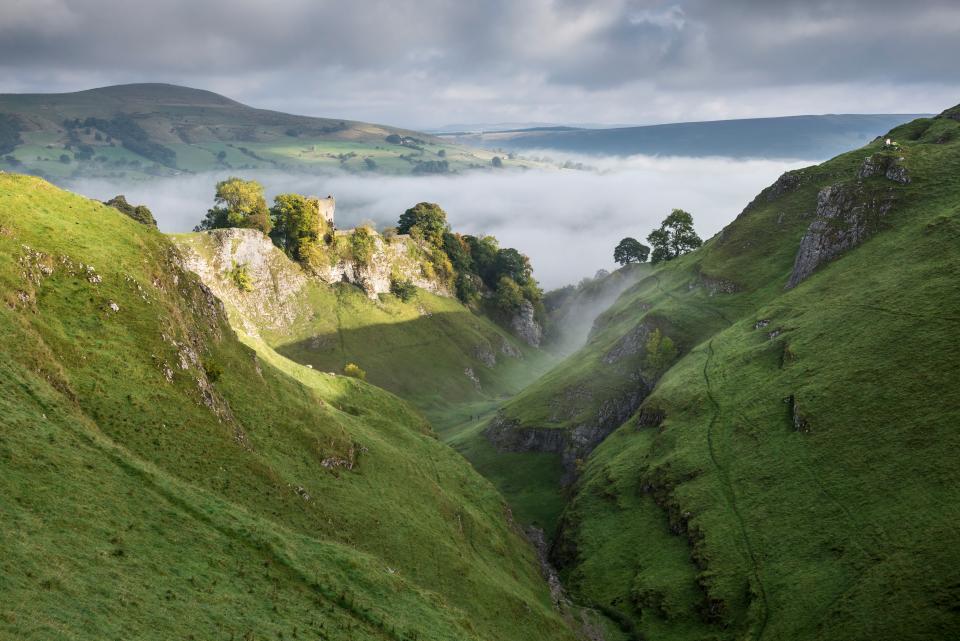
Morning sunlight on Peveril castle, Derbyshire, England
Castleton is a village in high-peaked Derbyshire, home to one of the oldest lead mines, and it became The Vale of Arryn in the show’s first season. (Game of Thrones fans may remember this as the home of House Arryn and the Eyrie, a castle where enemies can be pushed to their death through a moon door.) The area first settled by Celtic people is known for its classic English hamlets and its central national park that’s home to Cave Dale, a limestone valley.
St. Michael’s Mount in Mount’s Bay, Cornwall, England
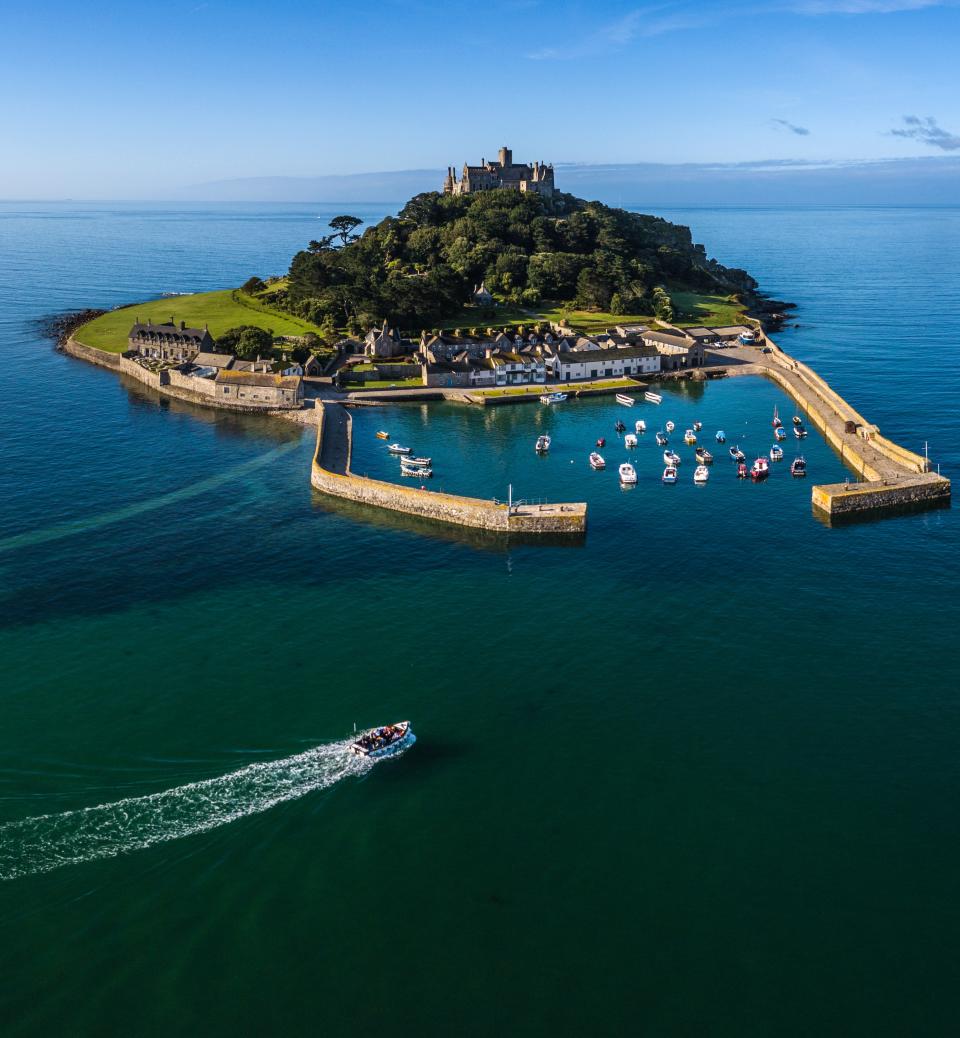
Cornwall St. Michaels Mount summer sunrise panorama UK
The rocky tidal island of St. Michael’s Mount features a medieval church from the 12th century and an intimate living community that is linked to the island of Marazion by a causeway that tourists can reach by foot when the tide is low. The island’s main castle serves as House of the Dragon’s fictional Driftmark (home of House Velaryon) in Blackwater Bay, the large body of water at the edge of Kings Landing. Driftmark was previously featured in Game of Thrones during the Battle of the Blackwater.
St. Michael’s Mount’s neighboring Kynance Cove is located on the east side of Mount’s Bay and is known for its beaches, blue water, white sands, and many caves. Kynance Cove’s beach is used in House of the Dragon for a Velaryon camp.
Various English beaches
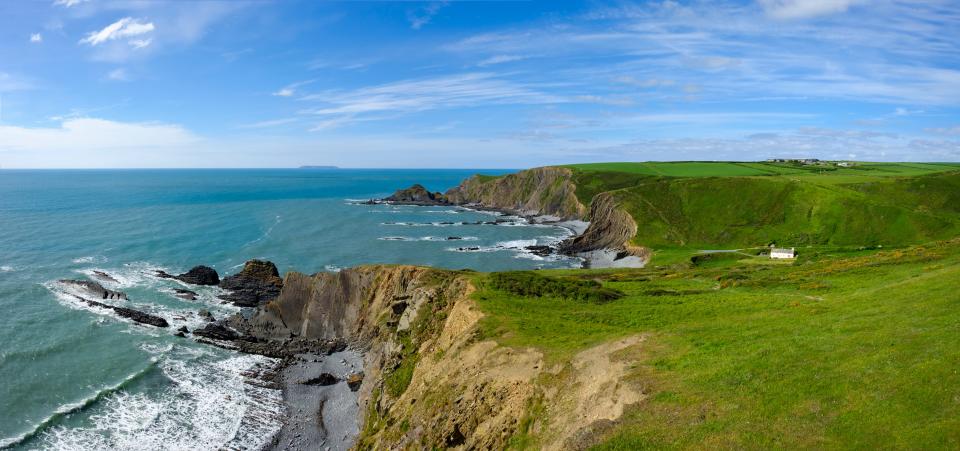
Great Britain, England, Devon, Hartland, Hartland Quay, Lundy Island, Blackpool Mill Cottage, rocky coast
The seaside Hill at the Hartland Quay in Devon; Holywell Bay’s golden sand beaches; and nearby St. Cuthbert’s Well, a cave etched into a cliff that was formed out of ocean waves, additionally gave the first season of House of the Dragon its aquatic scenes.
Monsanto, Portugal
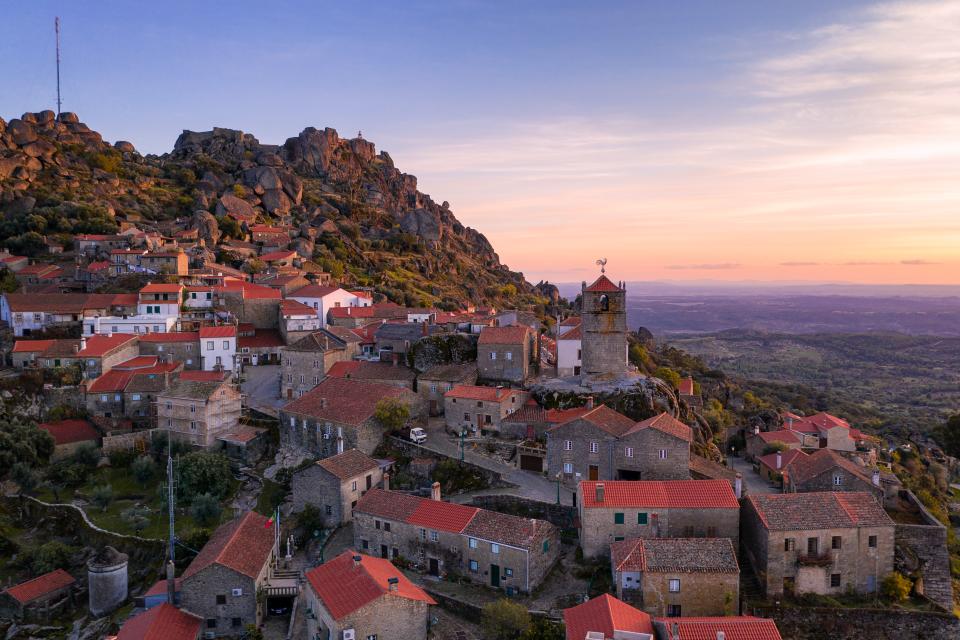
Drone Aerial Panorama View Of Monsanto Historic Village At Sunset, In Portugal
This remote and historical hill town in central Portugal—its name means “Holy Mountain”—is the doppelgänger for Dragonstone, the ancestral home for House Targaryen, in House of the Dragon’s first season. Its landscape features hilltop prehistoric rock formations, a medieval clock tower, lush green landscape, and granite cottages that sit between giant boulders. Its streets are carved out of tiny cobbled rocks and climb up a very steep hill, also known as Mons Sanctus. One of 12 historical villages in Portugal, Monsanto sits close to the Spanish border and was first carved over 500 years ago. In 1938, the village was voted most Portuguese town in Portugal and currently maintains building restrictions to preserve its classical aesthetic. It is blanketed with burnt red- and orange-colored roofs atop houses carved directly into the rock formations.
La Calahorra, Granada, Spain
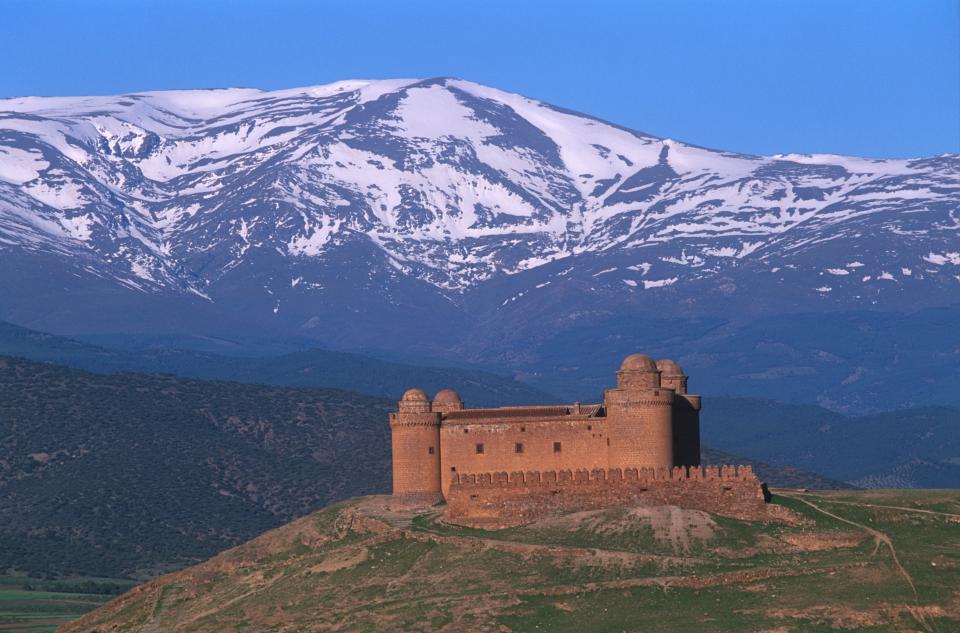
Spain, Andalucia, La Calahorra, Renaissance castle
The municipality La Calahorra in eastern Granada is reimagined as Pentos, one of the cities adjacent to the seas of Westeros, the fictional continent at the center of the Game of Thrones world. One of its staple landmarks, Castillo de La Calahorra, is a medieval castle that’s situated on the area’s only hill at the foot of the Sierra Nevada mountain range. Acting as the seat of House Targaryen on House of the Dragon, the castle’s exterior defies the conventions of Gothic architecture, making it one the first Renaissance-inspired structures built in Spain between 1509-1512. Its gorgeous split-level interior includes marble, four corner towers, and a central courtyard.
Cáceres, Extremadura, Spain

Aerial panorama of Plasencia in Spain
Located in Western Spain, the province of Cáceres is a total time capsule. Centuries-old buildings appear much as they did hundreds and hundreds of years ago, showcasing a range of architectural styles which include Roman, Moorish, and Gothic influences. King’s Landing scenes have been filmed in a few different cities in the province, including the walled city of Plasencia for the first season, Trujillo for the second season, and the capital city of Cáceres for both.
The Old Town of Cáceres, a walled section of the capital, was founded in 25 BC by the Romans. Its untouched medieval cobblestone streets give the city a particularly transportive quality, begging visitors to imagine life hundreds and hundreds of years ago. In honor of its rich history that includes Roman, Moorish, and Christian occupation and architectural styles, it was named a World Heritage City by UNESCO in 1986.
While Dubrovnik, Croatia was used in prior seasons, Cáceres was used for King’s Landing in the last two seasons of Game of Thrones and for both seasons of House of the Dragon. The city even hosts an annual festival for Game of Thrones and House of the Dragon fans to experience the city alongside other obsessives.
Bourne Wood in Farnham, England
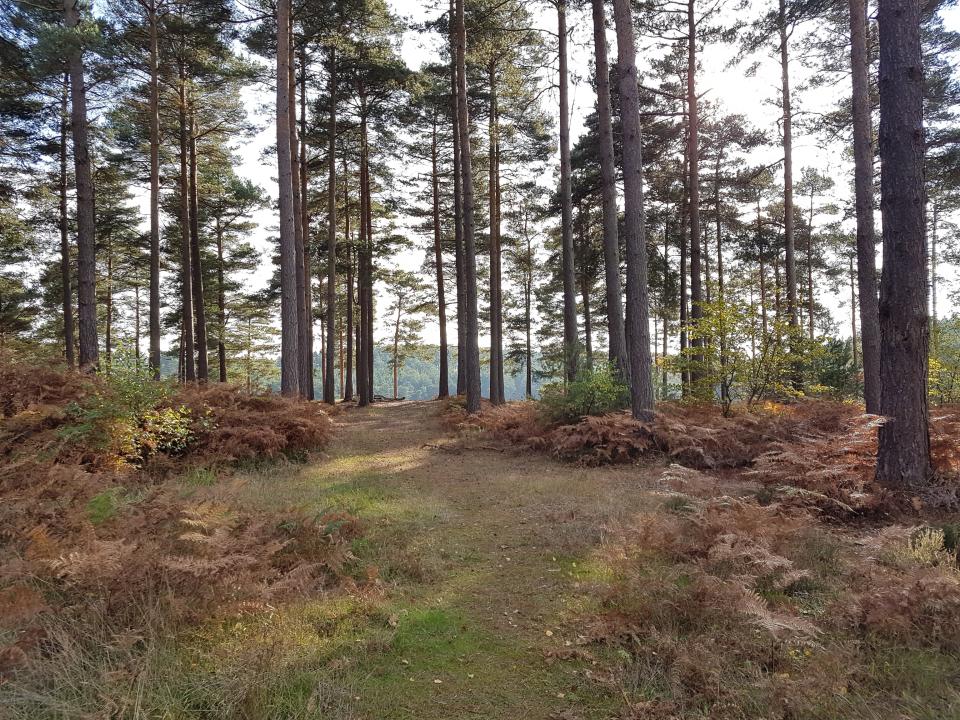
Bourne Wood
Bourne Wood might look like any other forest setting to some, but eagle-eyed action and fantasy fans are likely to recognize the area. Countless movies have been shot in the conifer-filled forest, including the Gladiator opening sequence, three Harry Potter films, and Avengers: Age of Ultron.
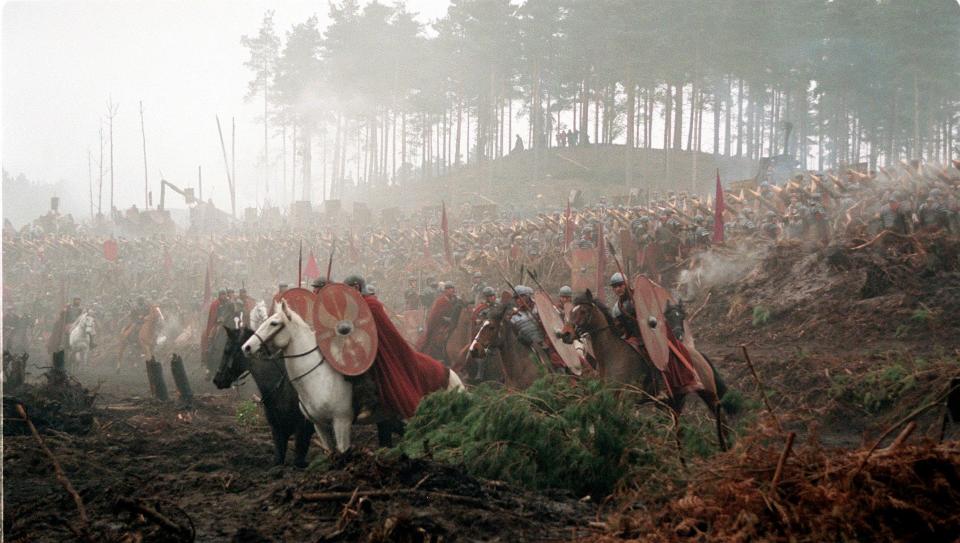
Warriors on horses in movie Gladiator, b
One of House of the Dragon season two’s massive battle scenes was filmed in Bourne Wood. The forest’s large clearings make it ideal for large fight scenes and huge film crews, and the lack of added modern structures or power lines make the area feel timeless. As documented by London Cult, the forest was furnished with a tent camp, and fake snow was added to certain sections.
The location is particularly convenient for productions based out of the Warner Bros. Leavesden studio, as House of the Dragon is, since the forest is only an hour away by car. Unlike many of the other House of the Dragon locations, Bourne Wood was never used in the making of Game of Thrones.
North Wales, United Kingdom
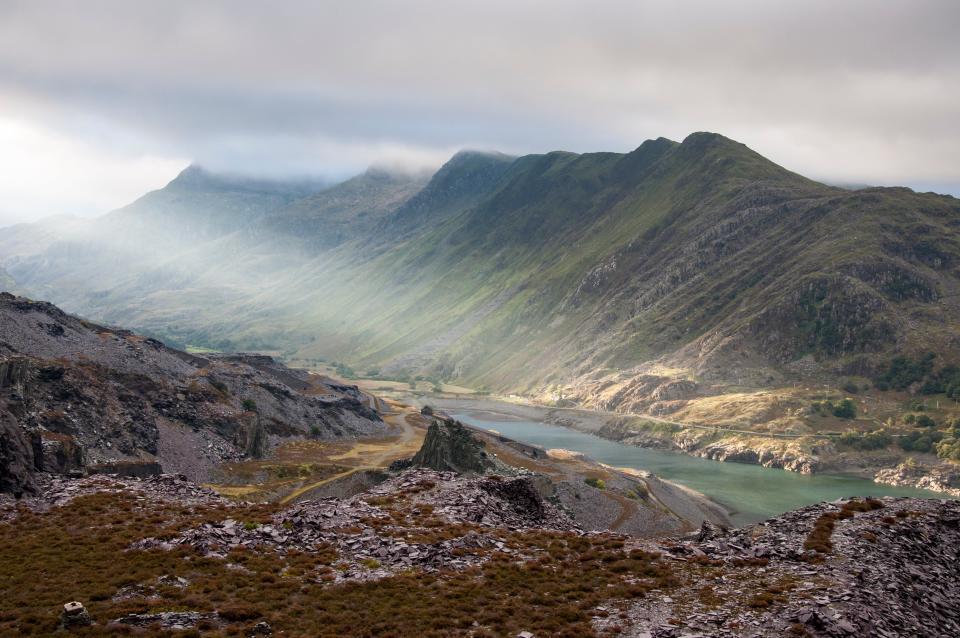
Morning sunlight at Dinorwig quarry
North Wales might not be the most popular tourist destination for North Americans, but the area’s dramatic landscapes definitely deserve the Hollywood treatment. Its collection of remarkably aged castles are second only to the unmitigated beauty of the coastal cliffs, valleys, and sprawling grasslands.
This natural splendor was employed for the second season of House of the Dragon, which used the North Wales landscape for scenes in the Vale, the Riverlands, and Dragonstone. Old quarries were reimagined for exterior shots of the Dragonstone and Harrenhal castles.
Though specifics have not been confirmed by the production, some viewers have speculated that the Trefor granite quarry and Dinorwic quarry, both in Gwynedd county, are the particular quarries used. Fans also claim that the cast and crew were spotted filming the second season on a few beaches on the Wales island of Anglesey, including Llanddwyn Beach, Beaumaris Beach, and Penmon Point.
Originally Appeared on Architectural Digest
More Great Stories From AD
The Story Behind the Many Ghost Towns of Abandoned Mansions Across China
Inside Emily Blunt and John Krasinski’s Homes Through the Years
Take an Exclusive First Look at Shea McGee’s Remodel of Her Own Home
Modular Homes: Everything You Need to Know About Going Prefab
Beautiful Pantry Inspiration We’re Bookmarking From AD PRO Directory Designers
Not a subscriber? Join AD for print and digital access now.
Browse the AD PRO Directory to find an AD-approved design expert for your next project.


